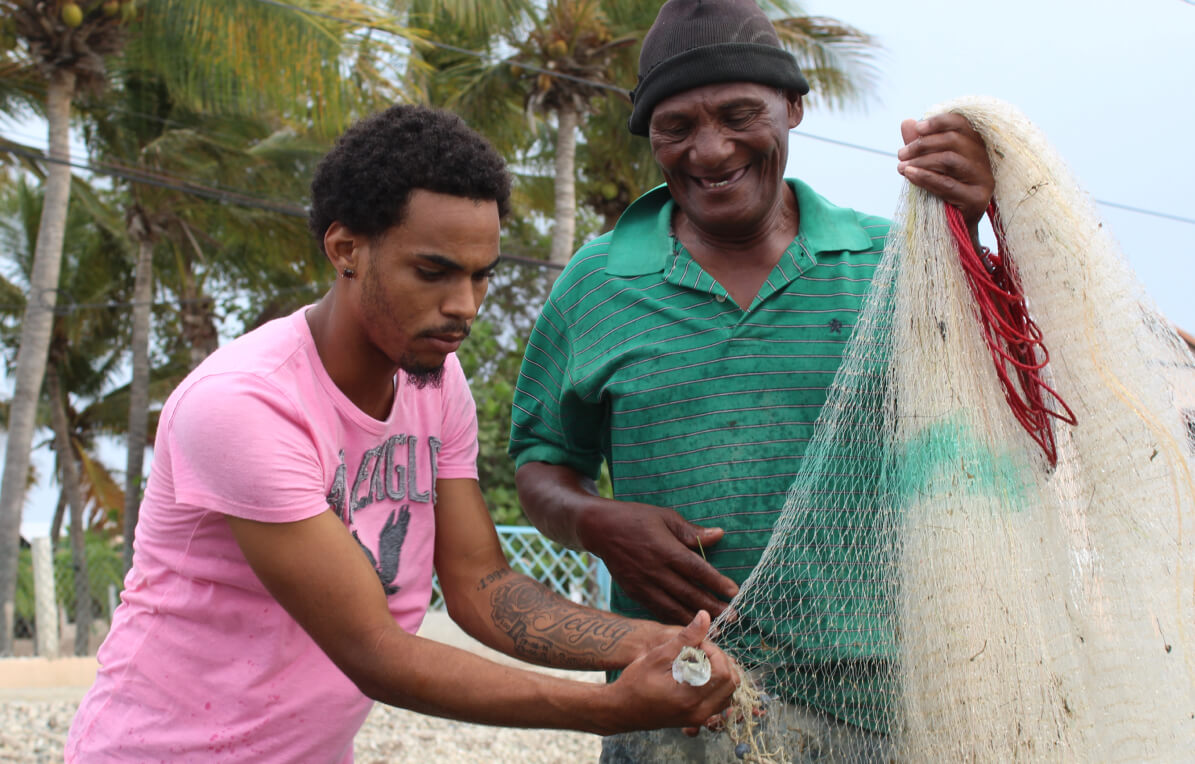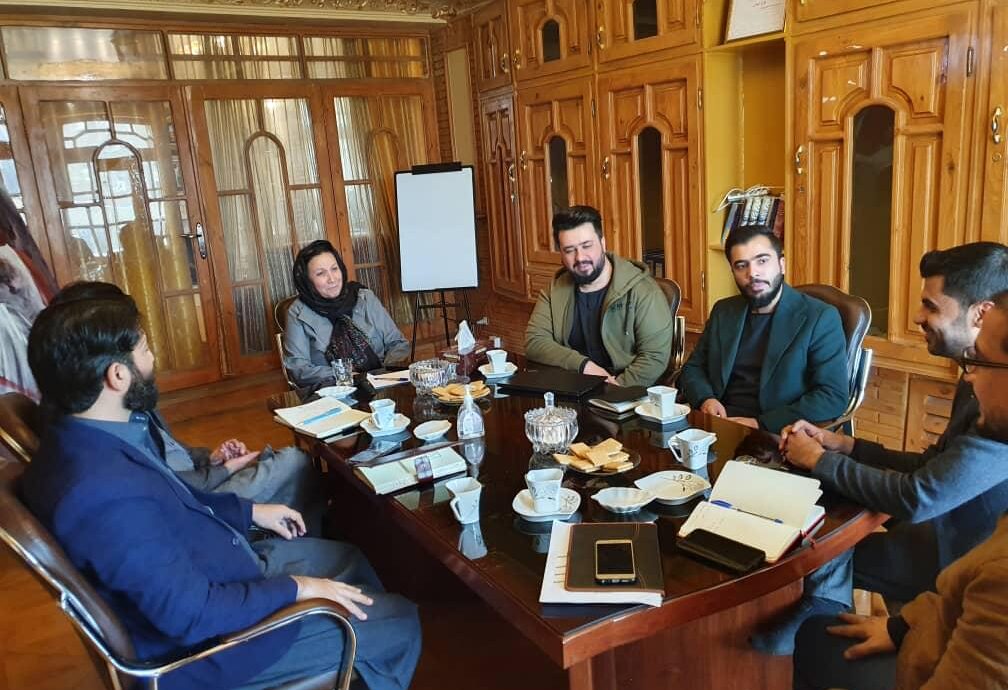This blog is part of a series of articles written by Georgetown University students, published as part of Counterpart’s Next Generation in Thought Leadership initiative. The opinions expressed in this article are the author’s and do not express the views or opinions of Counterpart International.
Around the world, programs like Edit Schlaffer’s MotherSchools are designed to train women, as mothers, to detect and raise the alarm of radicalization to violent extremism in their communities. Women Without Borders, the Vienna-based NGO that hosts these workshops believes the logic is simple: “When put into practice, this bottom-up prevention approach positions concerned and affected mothers as the first line of defense in at-risk communities. The curriculum strengthens the participant’s individual capacity, capability, and emotional literacy, and heightens her awareness of radical influences.”
On the surface, this logic seems intuitive, but does empowering women as mothers really mitigate the incidence of extremism and terrorism? The results are inconclusive. Research into the topic has, at best, only suggested a correlation between strengthening women’s capacity in countering violent extremism and a reduction of extremism. And while empowering mothers may interrupt the radicalization process, it fails to identify and combat the fundamental push and pull factors incentivizing their youth to join violent extremist organizations.
Countering Violent Extremism (CVE) is an ever-expanding field in both the study and practice of violence prevention, but its unchecked expansion may prove costly. With the rise of international attention to violent extremism, international development organizations have had to haphazardly restructure their activities to a CVE context. This “securitization” of development, or the reframing of development objectives in the context of a security concern like terrorism, may do more harm than good.
On the surface, it’s easy to understand the incentive to enter the CVE field: that’s where the money is. In 2017 alone, USAID supported 237 CVE programs. In one geographic hot spot alone, USAID’s West Africa Bureau has offered more than 100 million dollars in CVE programming. However, it remains unknown to what extent these programs have been evidence-based, or whether they have had an enduring impact on reducing the risk of radicalization.
Still, CVE remains a priority development issue for the United States. For 20 years, Americans have dedicated national resources to address this amorphous threat. As of April 2021, 46 percent of Americans believed that international terrorism represents a “moderately big problem” to the United States while 26 percent believed it represents a “very big problem.” With nearly three-quarters of the American public worried about terrorism, by framing projects as “stopping the bad guys,” organizations can gain the high ground with the public, and of course, with the government.
But throwing more money at the problem may not actually stop terrorism. In fact, by investing in projects that are framed as such, US government agencies may undermine efforts to identify root causes of extremism and terrorism. Academia, backed by robust research, has come to the consensus that there is no single cause of terrorism. Moreover, some CVE programs, like MotherSchools, apply faulty logic – for example, that women are more peaceful and thus can guide their children away from terrorism. This essentialist narrative is convenient, but it interferes with the ability to investigate the push and pull factors that attract individuals to violent extremism in each localized context. Community projects funded by CVE grants may improve economic opportunity, educational outcomes, or even family cohesion but not necessarily stop violent extremism.
Framing every program under the CVE umbrella may also pit communities against each other. For example, framing efforts like refugee resettlement as CVE creates the perception that certain populations are inherently more susceptible to violent extremism. Domestic US grant funding has added fuel to this fire. For example, 85 percent of CVE funding in the United States is now explicitly directed at projects targeting minority groups. This practice exacerbates us-versus-them social cleavages that serve to fuel discrimination and racist vitriol. Especially considering that racially and ethnically motivated extremism represents the greatest domestic threat to the homeland, rewarding the assumption that minority groups are more susceptible to extremism hands these groups a steady stream of propaganda that enhances their messaging.
So where does CVE truly start and end? Presently, it’s hard to tell. Published data on programs’ effectiveness are largely absent. A RAND report in 2017 found that “only eight CVE interventions included an evaluative component.” Thus, a good place to start in measuring the effectiveness of programming is to rigorously collect data on program outcomes and require programs to adhere to an iterative reviewing process. DHS and USAID should enforce more frequent program reviews backed by strong data collection. Great CVE programming has improved the outcomes of individuals, communities, and societies at large. Understanding where the boundary of CVE starts and ends will ensure that each funded program protects communities from terrorism, rather than prolonging harm.




